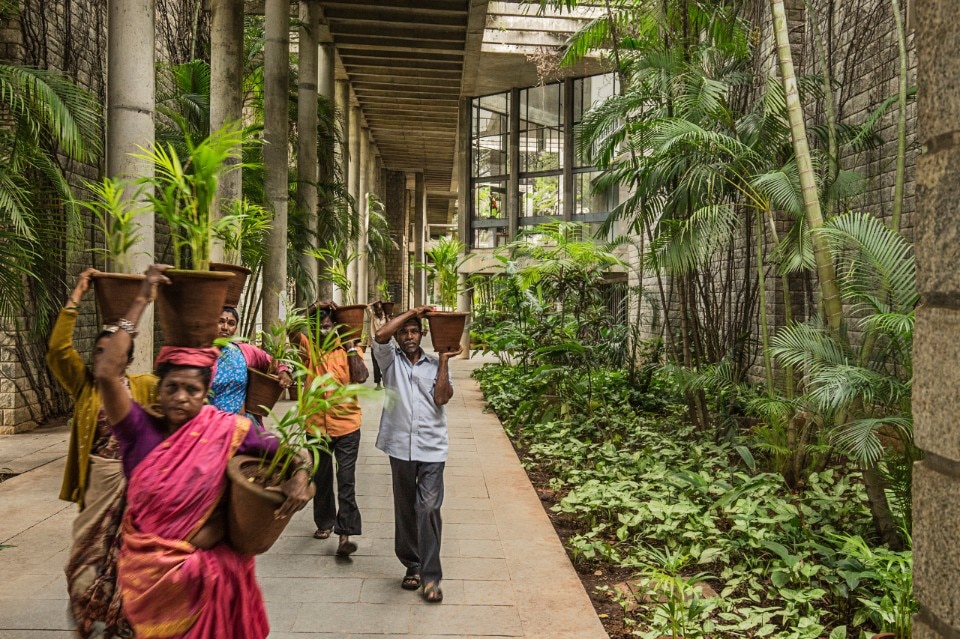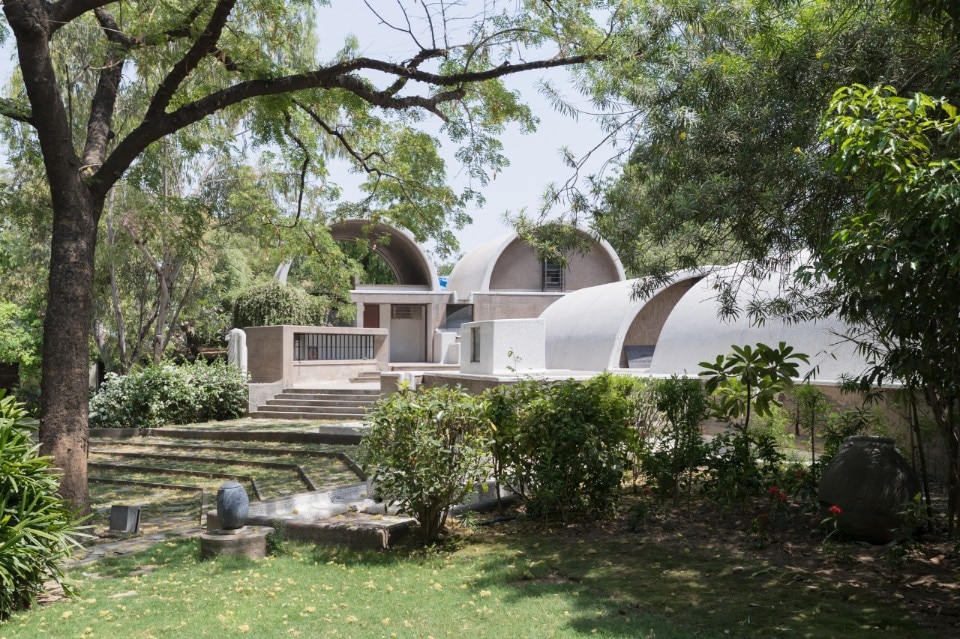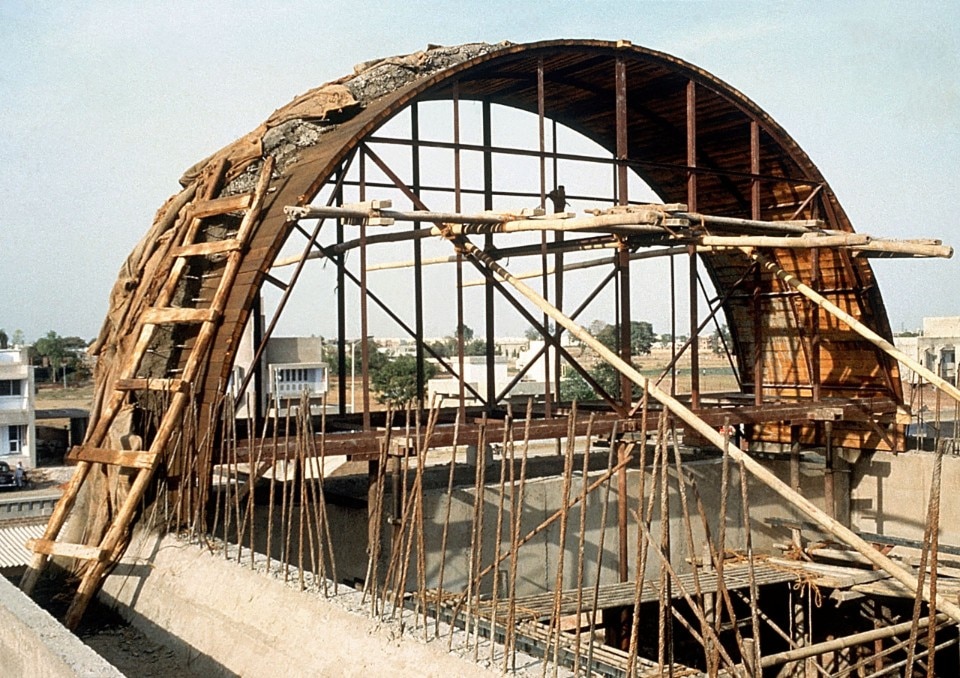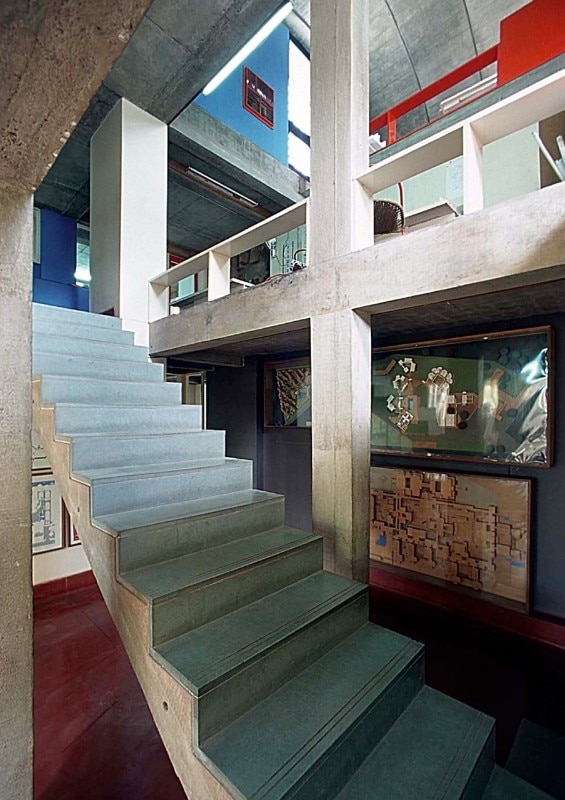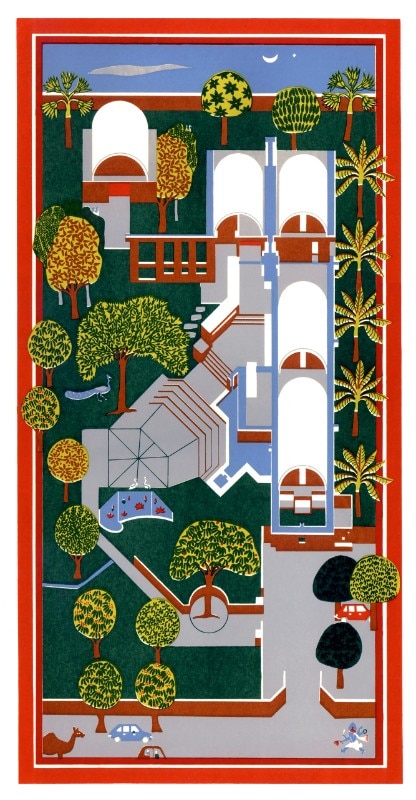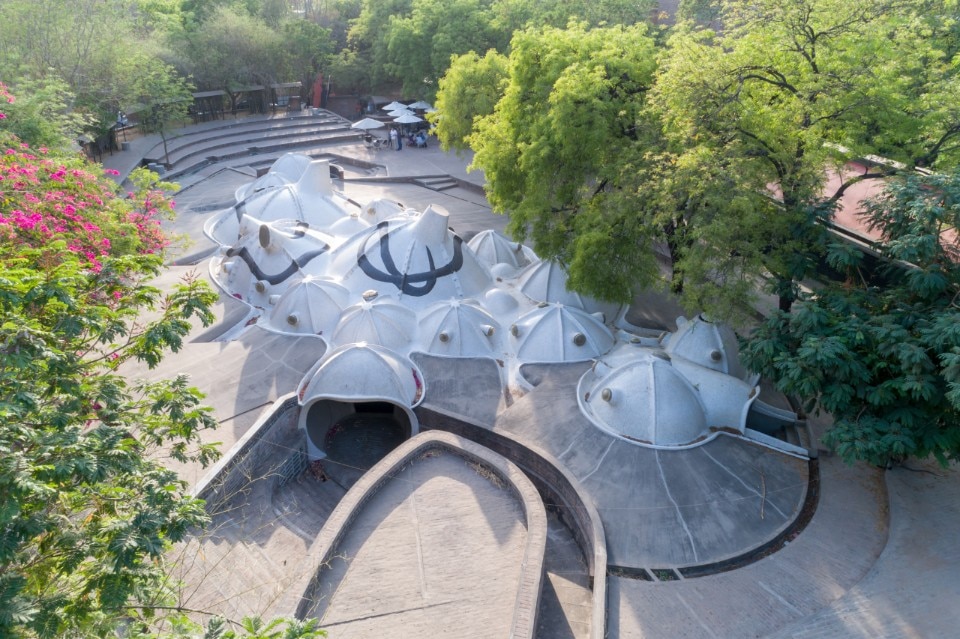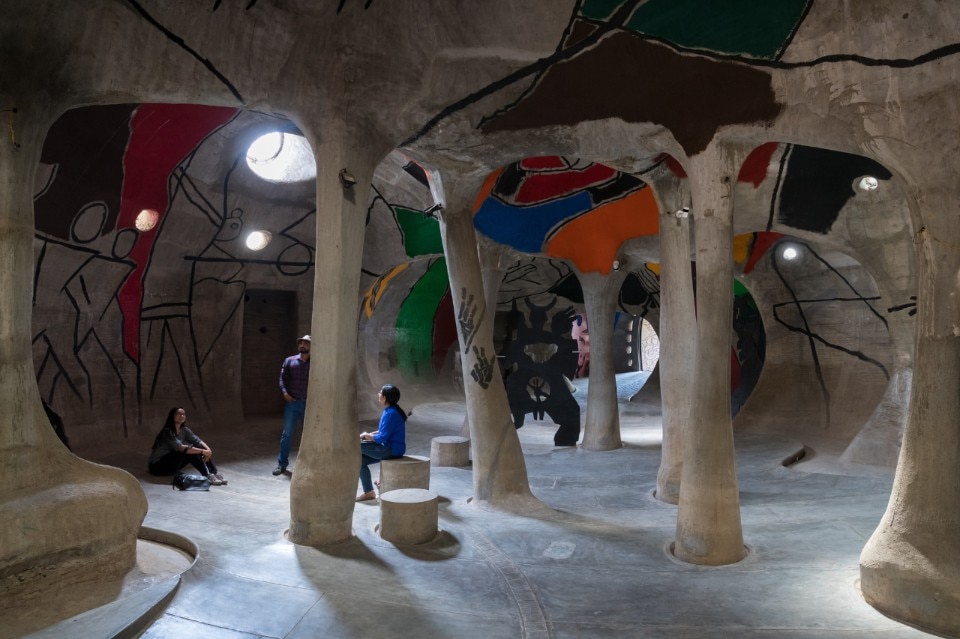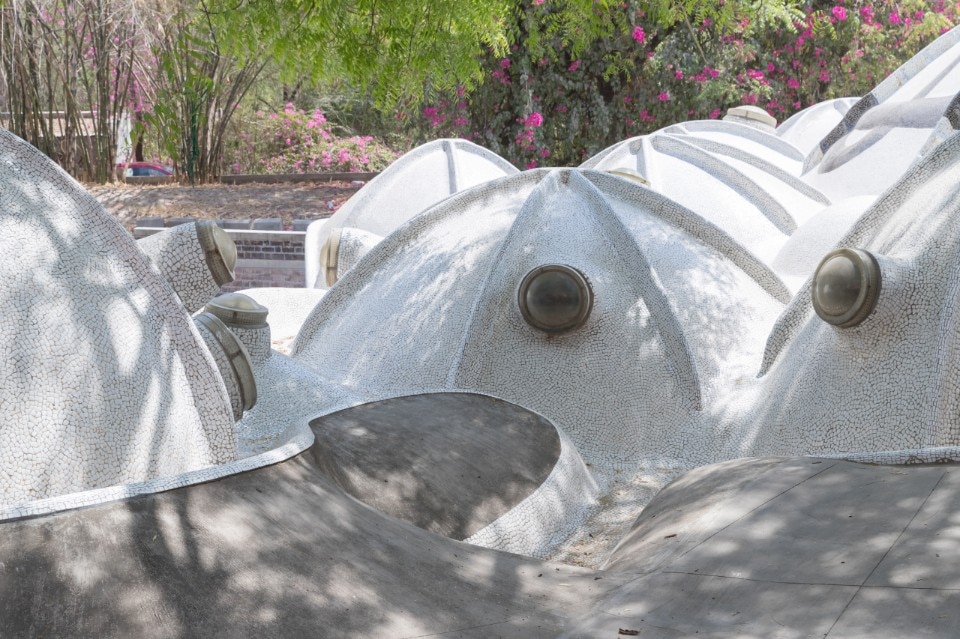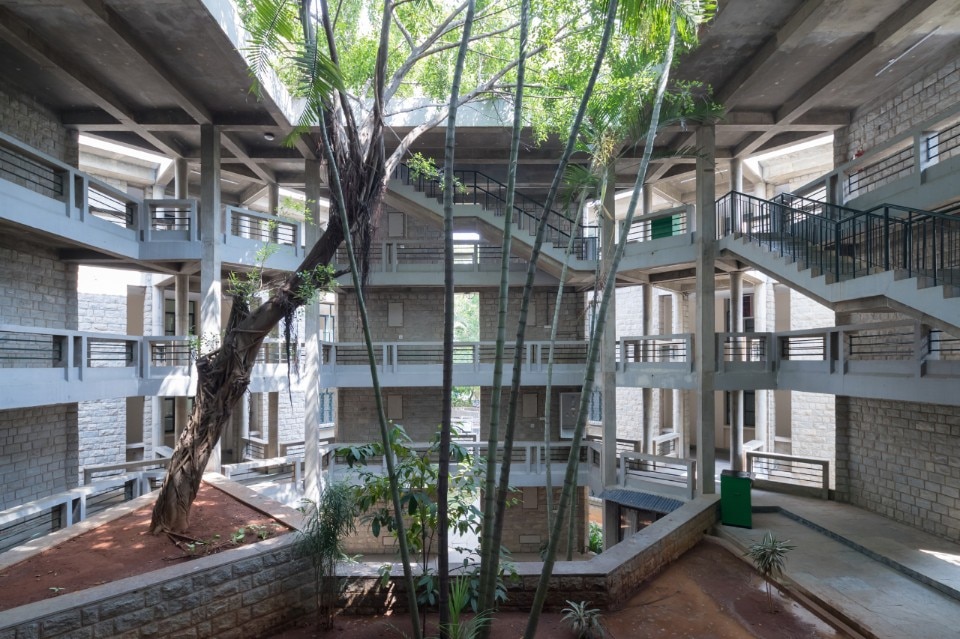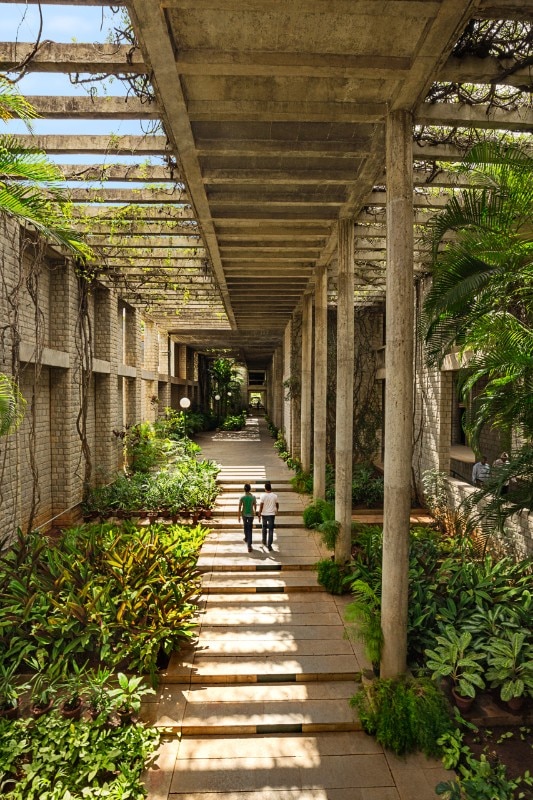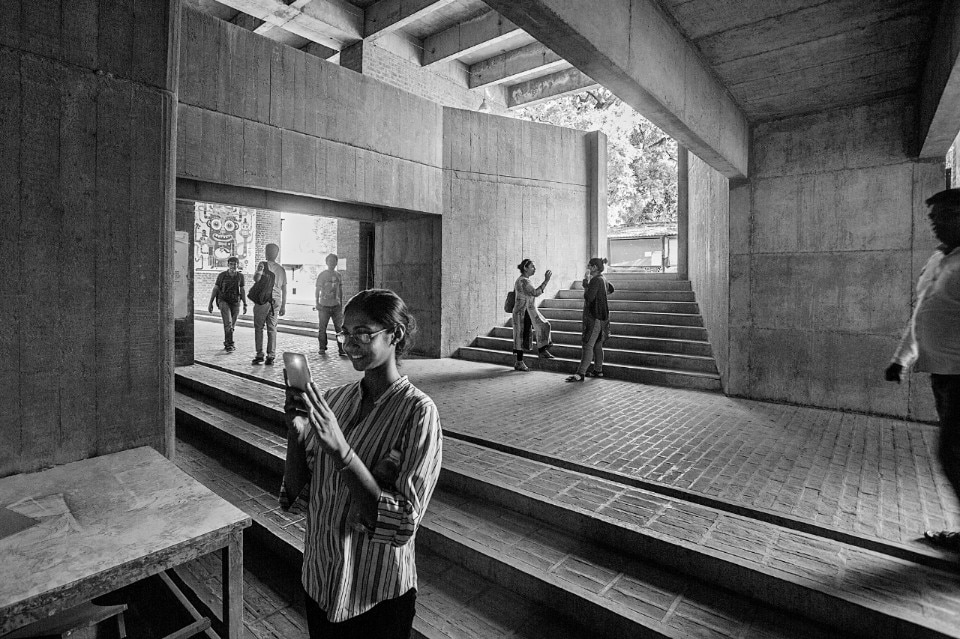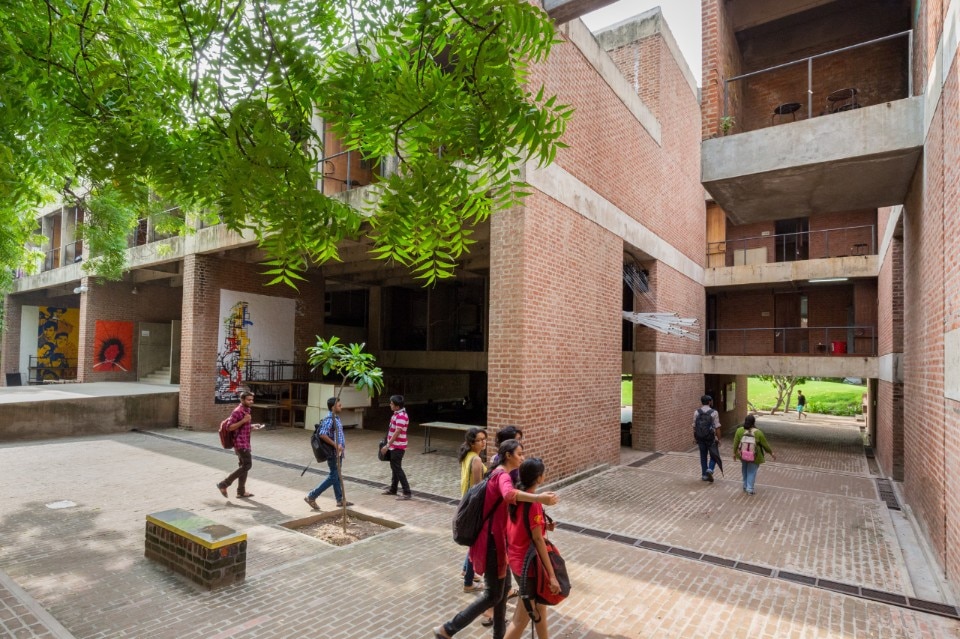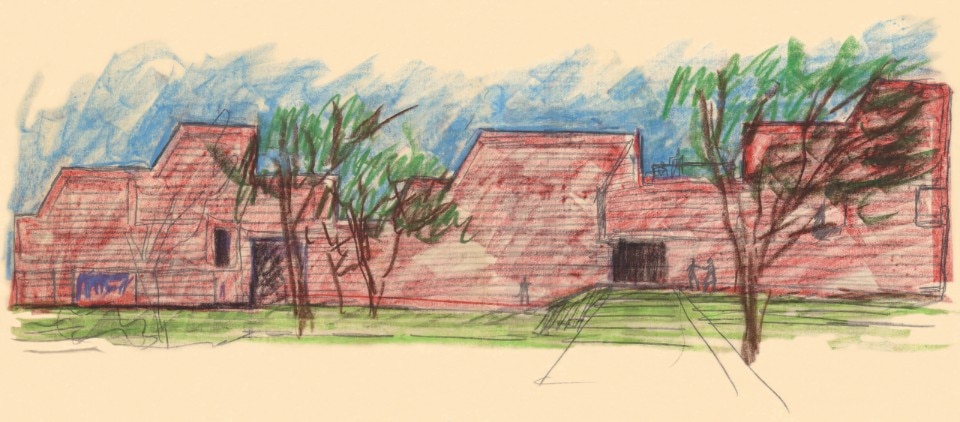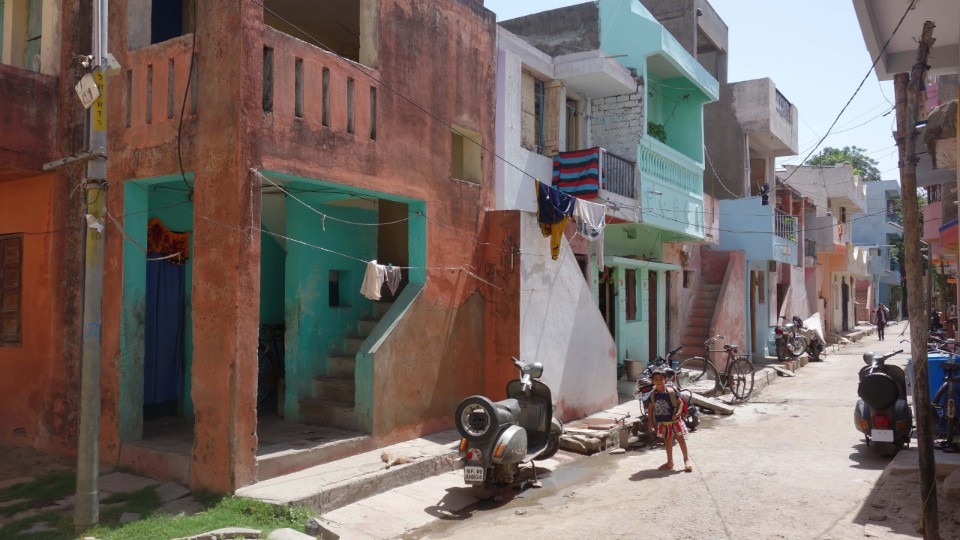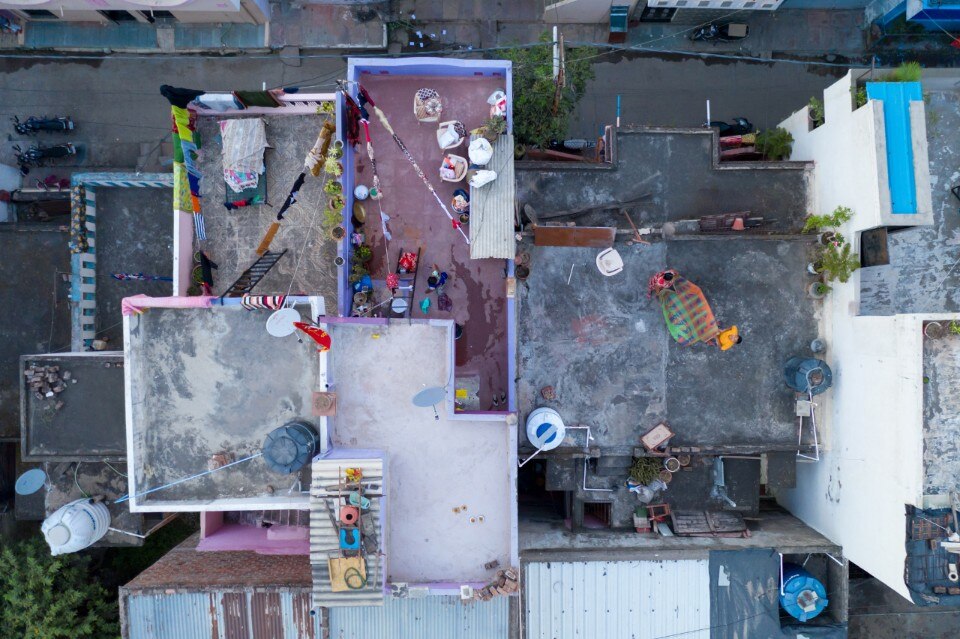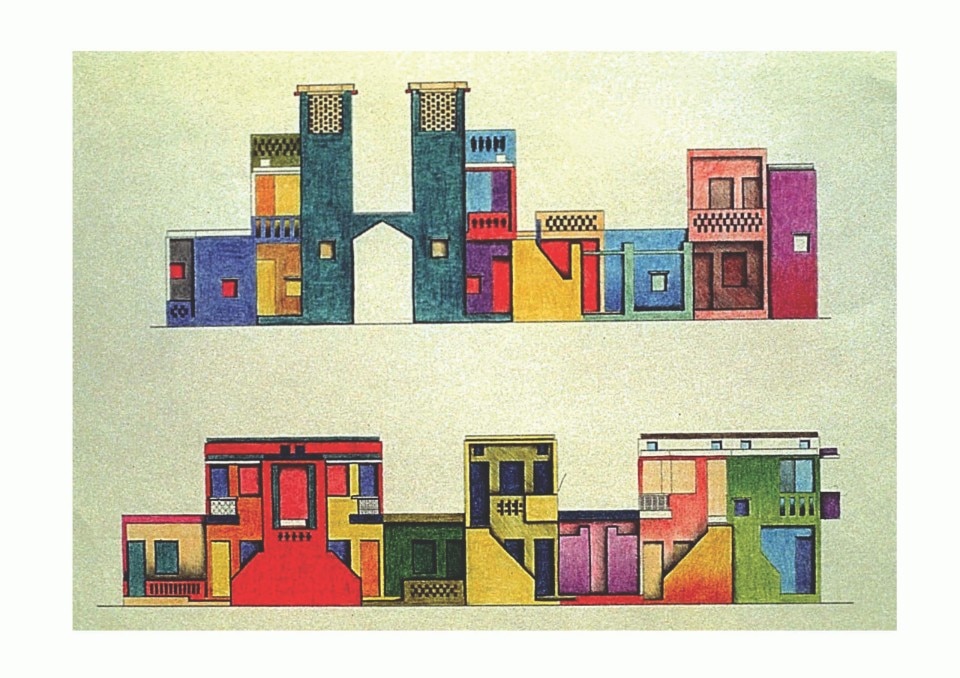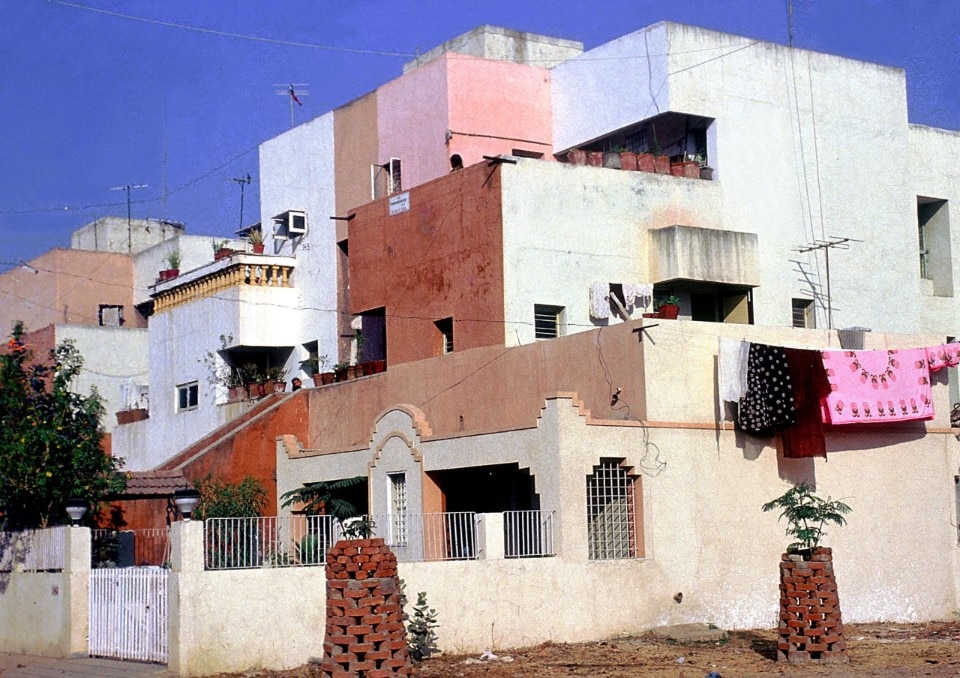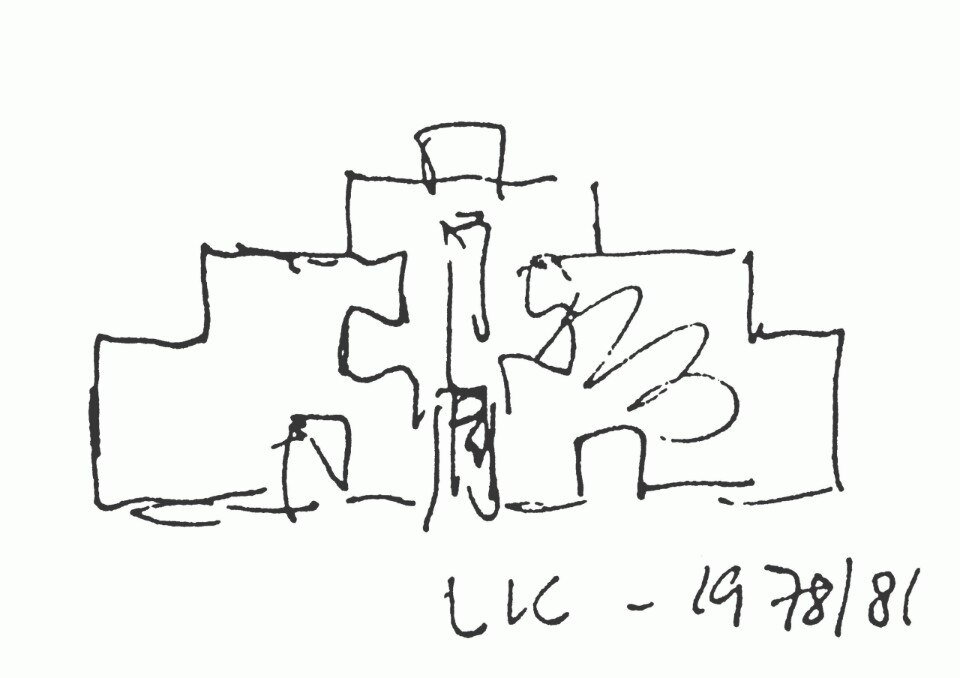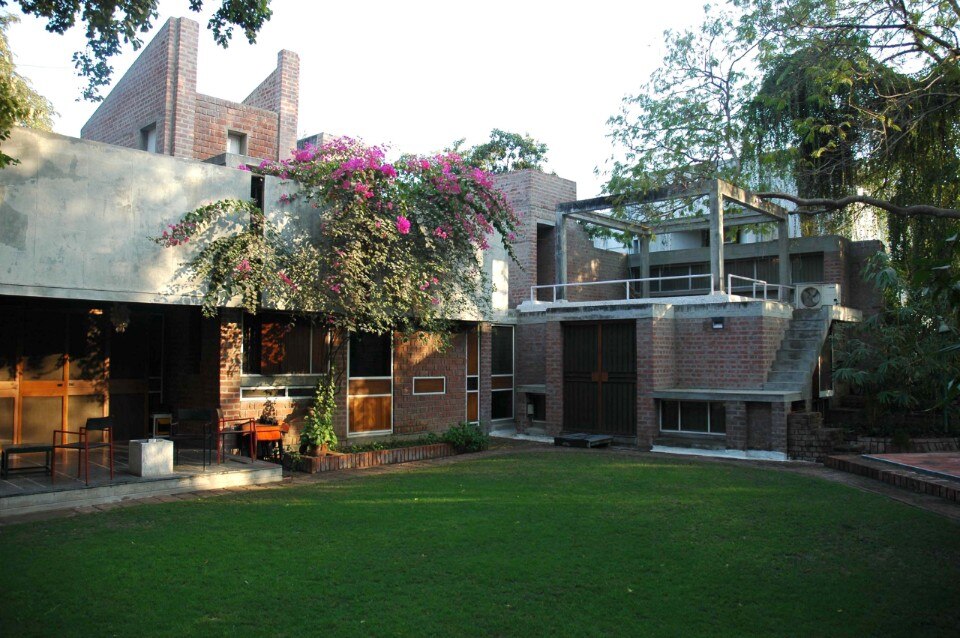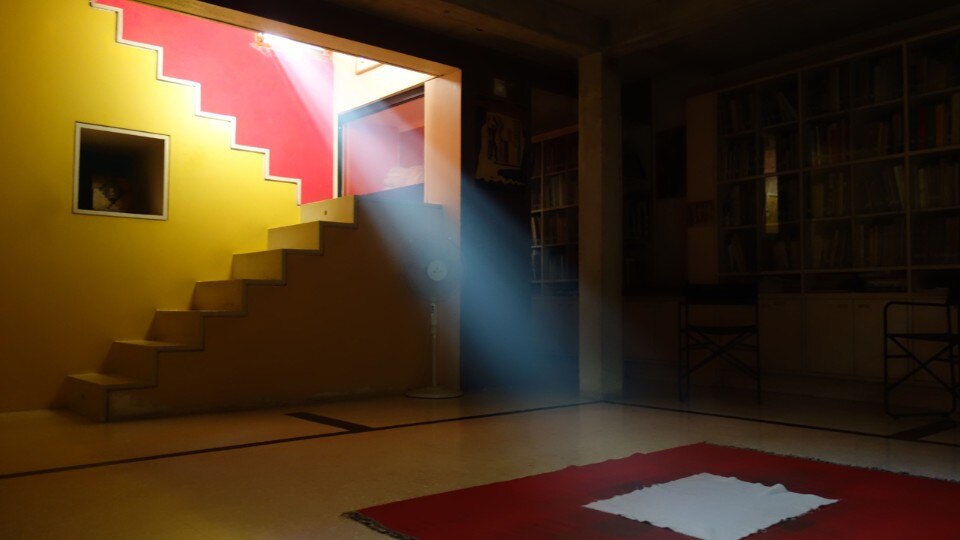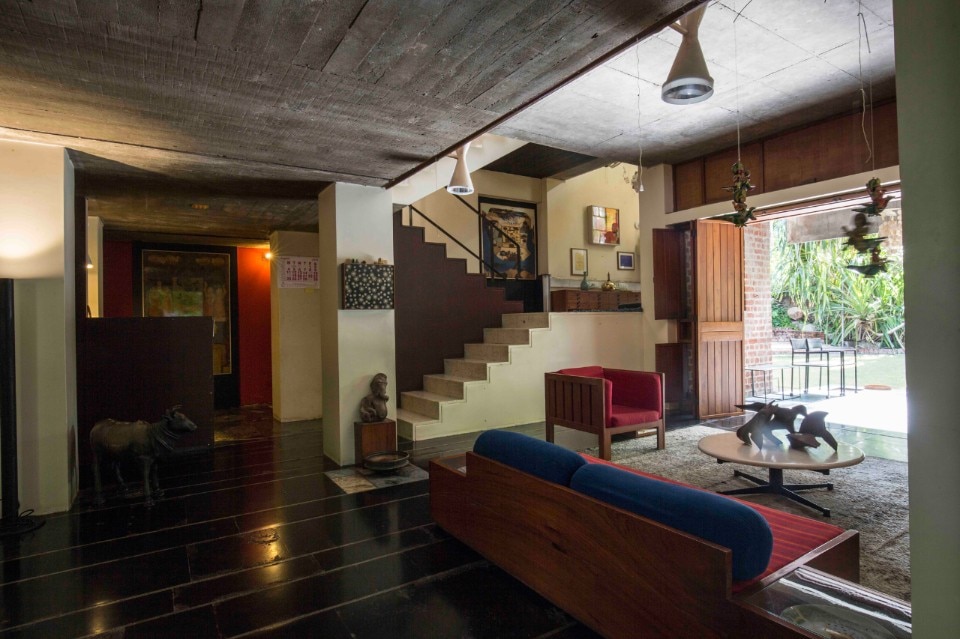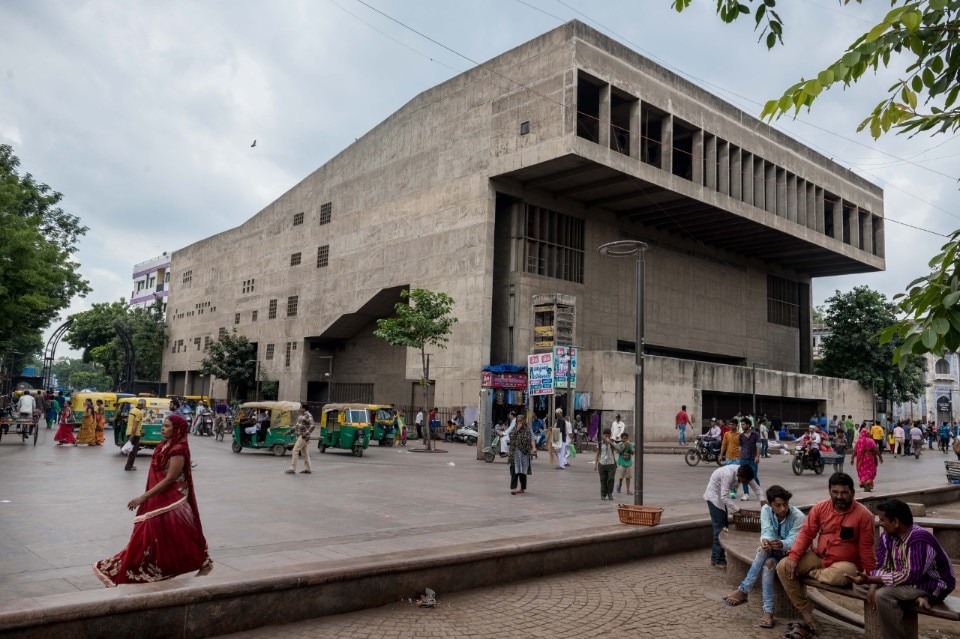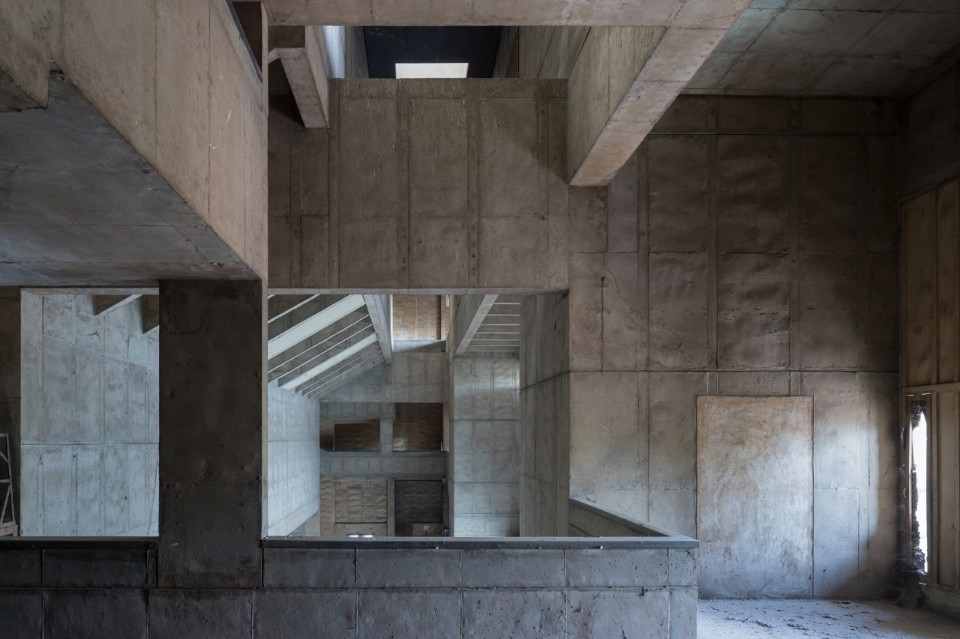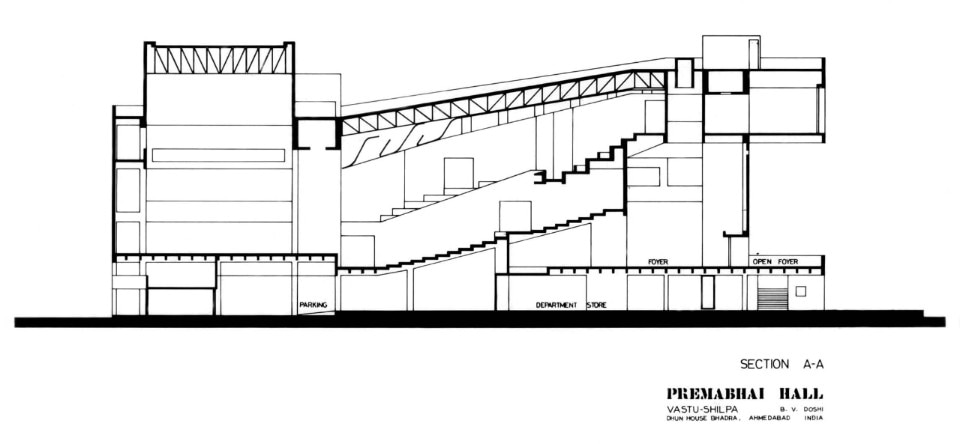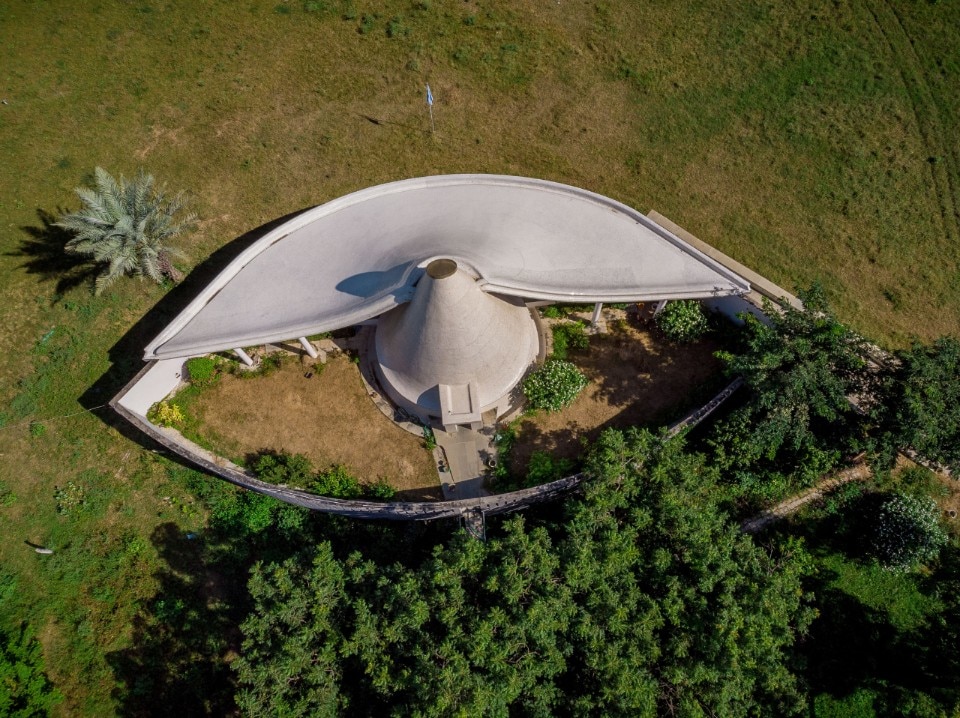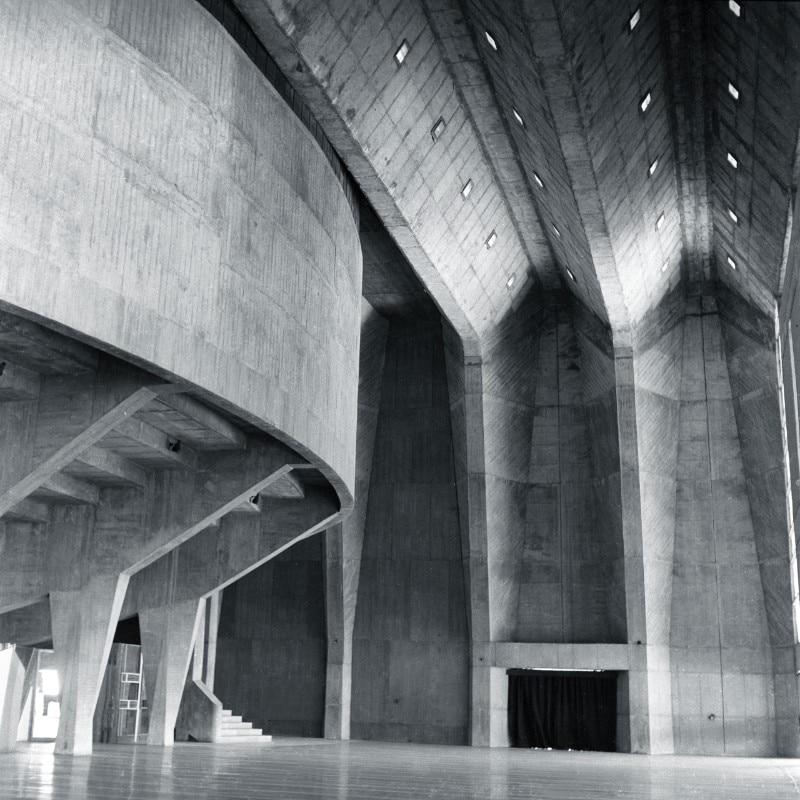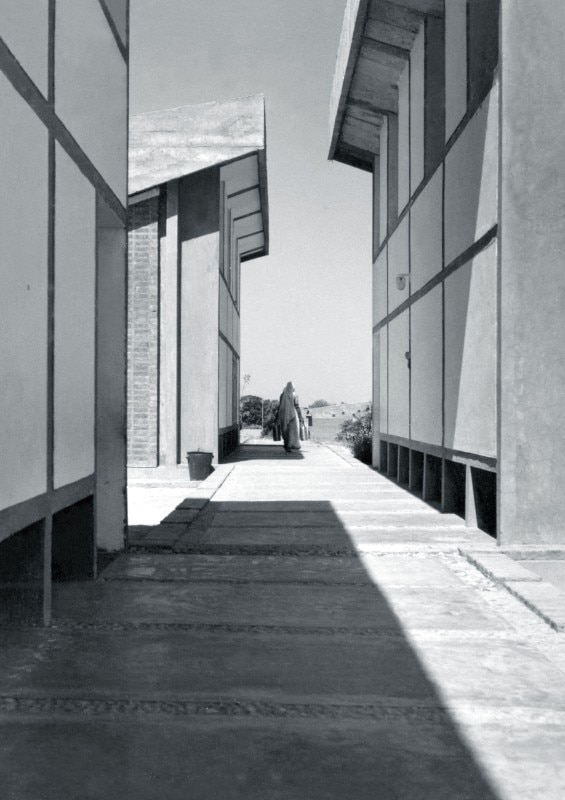Balkrishna Doshi: Architecture for the People investigates the varied themes that define the Indian architect’s practice – from social housing to urban architecture and planning – through the spectrum of sustainability, culture and locality.
Curated by Indian architect Khushnu Panthaki Hoof, the exhibition is an adaption of an exhibit first shown in 2014 at the National Gallery of Modern Arts in New Delhi and in 2017 at the Power Station of Art in Shanghai.
Strong of its success, the exhibition arrives in Europe, where it will be on show at the Vitra Design Museum in Weil am Rhein until 8 September 2019.
We asked Khushnu Panthaki Hoof to talk us through the concept of the show which, she says, in India became “a medium to raise questions, discuss varied approaches and open up a dialogue”.
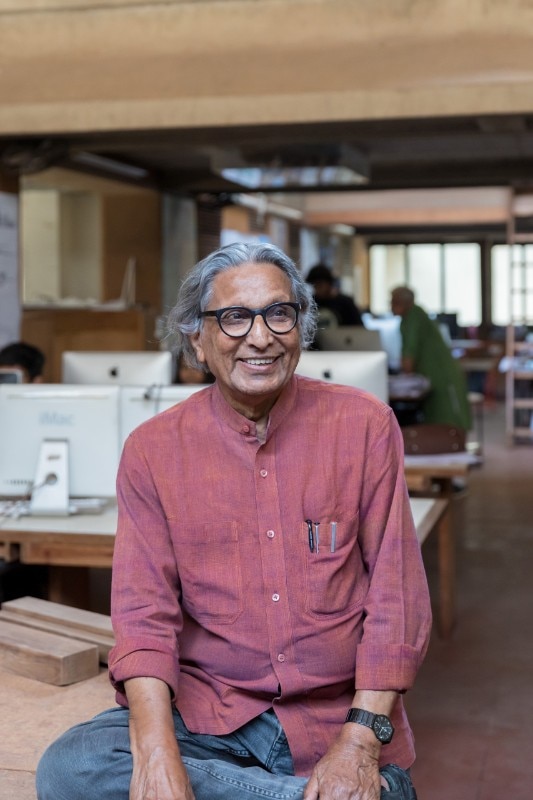
What can we expect from the exhibition?
I hope it gives a glimpse of the approaches toward habitat design in the context of the Indian subcontinent, where the understanding of heterogeneous homogeneity and anthropocentric space is the key as well as the challenge.
Which narratives did you choose to explore?
The exhibition is adapted around four themes: “Making an Integrated Campus”, “Empowering People – Home and Identity”, “Designing Academic Institutions”, “Urban Architecture and Planning”. These themes are reflected in all of Doshi’s projects since 1955. Each topic expresses his constant search to create truly experiential and celebratory architecture, and the result has been an astounding variety of built forms. What unifies his works is his striving for timelessness and for backdrops against which life can take place.
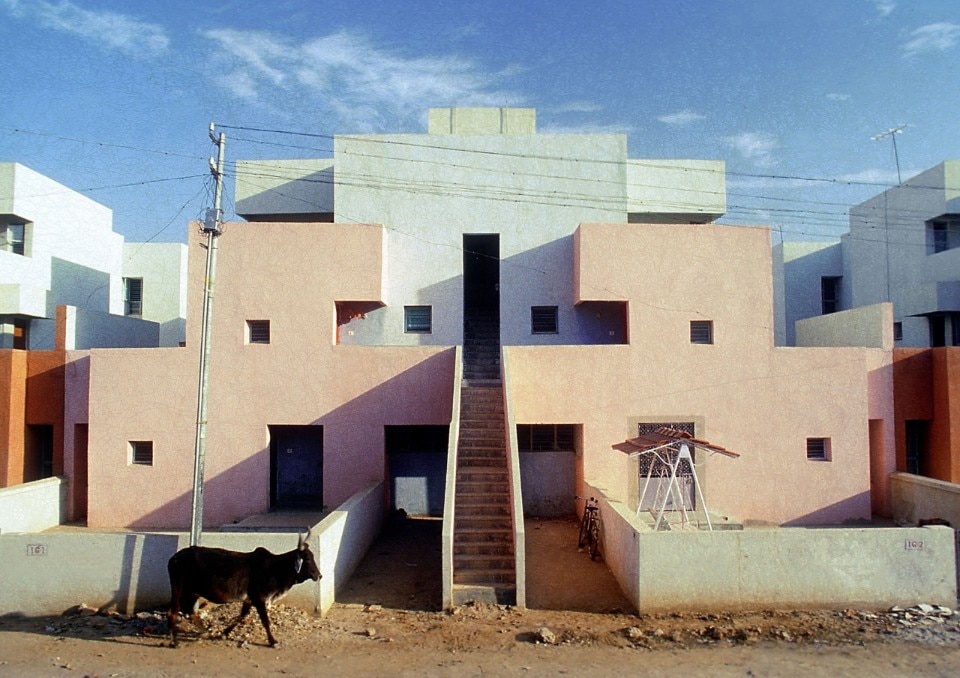
The exhibition features original drawings and models as well as photography and film footage. Practically, how did you deal with an archive that covers more than 50 years of architectural practice?
It has been very challenging, and the process is still on. Doshi’s projects have this quality of open-endedness and adaptability for growth. This makes every project alive and in process… So our documentation continues to give us new insights into his work. It has been fascinating to relook at the same work and discover something entirely new every time.
The scenography, which you designed, also includes several full-scale installations. Tell us more about them?
With so many significant projects to choose from – ranging in scale from entire cities and townships to academic campuses and individual buildings – it was a challenge to select just how much to exhibit and at what scale as well as the messages they might convey. In response to these questions, it seemed obvious that drawings and models were simply not enough. Full-scale installations supported by specially composed music were designed to recreate the essence of their physical manifestations and encourage spatial experiences as visitors interact with what are otherwise static elements such as photographs and drawings.
Doshi believes architecture is a backdrop for life to happen. It heightens our dormant sensibilities and recapitulates nostalgic associations. In order to offer a glimpse in this exhibition of how this belief is manifested, we have tried to create a landscape that includes some of his most revered projects. Thus, the entrance to the gallery space is through an installation of a fragment of Doshi’s own house entrance. It is very much like visiting an Indian temple. Furthermore, to heighten the impact of space and its relations to body, eye and movement, to realise the value of proportions, volumes and overall configurations that he has acquired from his mentors Le Corbusier and Louis Kahn, the Sangath studio installation was created. The false perspective of the installation creates an illusion of real and surreal, a myth that Doshi constantly refers to.
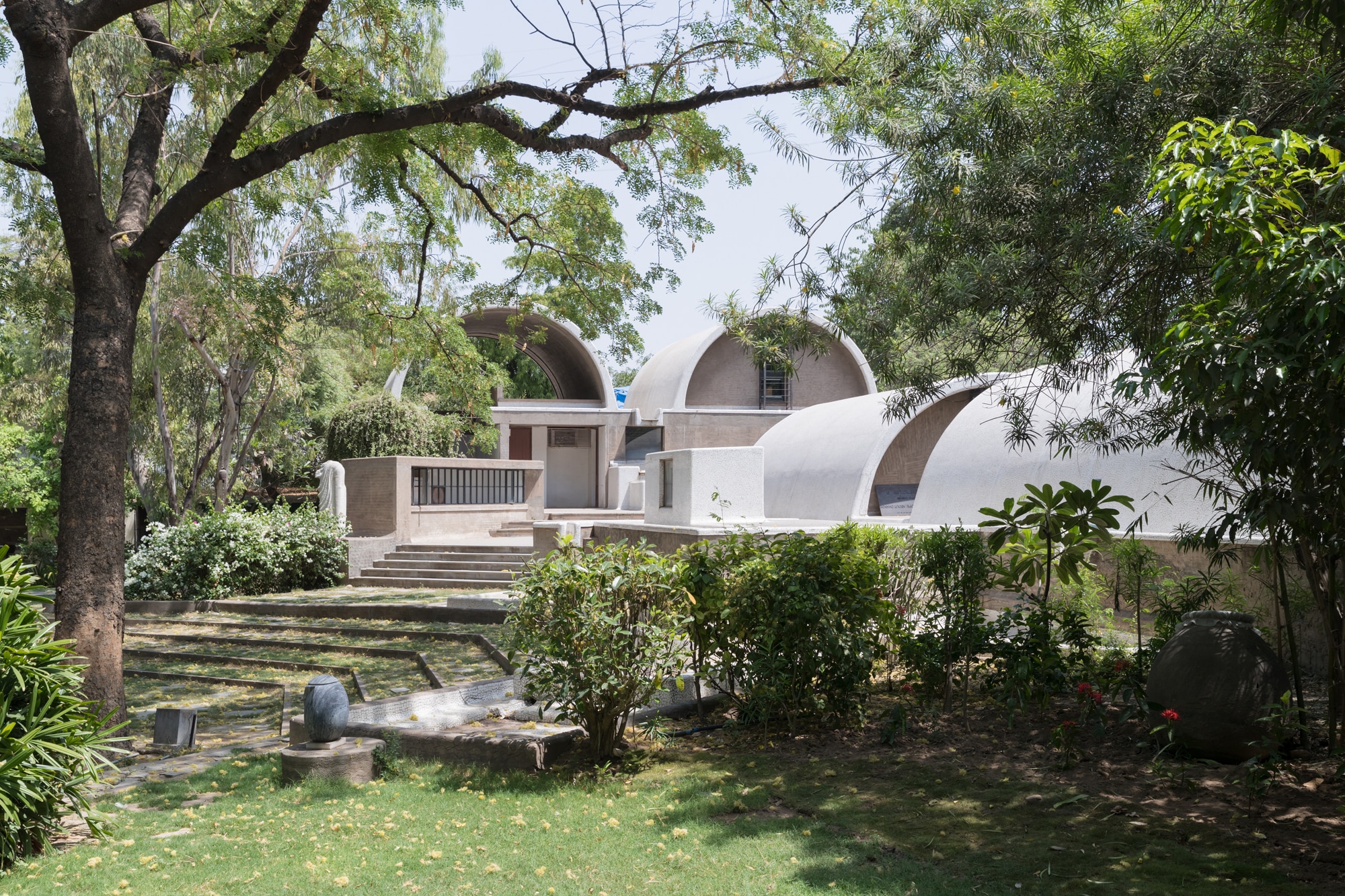
 View gallery
View gallery
Doshi’s work is profoundly rooted in its local landscape and yet it speaks to an international audience (the fact that he received the Pritzker Prize highlights this tension). How did you translate this within the exhibition’s narrative? Are there bridges between Doshi’s early work and Le Corbusier's or Louis Khan’s first buildings in India?
I feel the bridges that connect Doshi’s early works with Le Corbusier and Louis Kahn’s works in India are based on the understanding of Indian lifestyle, climate and culture which is reflected in the manifestation of Doshi’s works in varied ways. So I would say the philosophical bridges are there if one looks closely. For example Corbusier’s famous quote, “Every morning I am born in the skin of a donkey”. This pushes Doshi to challenge himself every day and to explore a new way of building.
What was Doshi's involvement in the making of the show?
While working on the exhibition in 2013, we had several dialogues with Doshi. During this course of time, he told me that the exhibition must talk to the masses, each one should take back something from it, an experience or a question or a thought or a sense of wonder. In India, we do not have a culture of going to the museums and architecture has always been considered an elitist profession, so we wanted to break that barrier and make it more inclusive for students, professionals from varied fields as well as the common man.
As both architect, partner and granddaughter, which were the challenges and assets of curating the exhibition? For instance, how did you avoid or integrate your subjective point of view?
Firstly, curating the exhibition has been a deeply emotional and intellectual learning for me in every sense. The challenge and question that I kept asking myself was: "Have I done enough?". It’s a huge responsibility and even more so for me since I happen to be Doshi's grandaughter. At the same time, when you observe your grandfather at home, work with him and then reflect on it, it gives you a completely different perspective, and you start drawing parallels between his ways of living and his works. I feel each of us is the way we are because of our upbringing, experiences and deep-rooted concerns. I can see how intertwined his work and life are – they are one. He lives and breathes architecture. Architecture to him is living. His connection to people – compassion, reverence, togetherness, humility – are all essential for him in his architectural vocabulary, and that comes about through his experiences in life and relationships.
I don’t think there was a question of avoiding the subjective point of view since from the beginning he has never imposed his thoughts on me. In fact, I often say that he is a teacher in the company of whom you just learn without being taught. His approach has always been to raise fundamental questions and let you discover your answer intuitively.
- Exhibition title:
- Balkrishna Doshi: Architecture for the People
- Opening dates:
- March 30th - September 8th 2019
- Curated by:
- Khushnu Panthaki Hoof
- Location:
- Vitra Design Museum
- Address:
- Weil am Rhein, Germany


